Ultra-thin films, composite films, metal films – the wide applicability of film slitting machines
As the core equipment of material processing, the design of film slitting machine needs to take into account material characteristics, process requirements and production efficiency. The following analyzes how it can efficiently adapt to different materials such as ultra-thin films, composite films, and metal films from three aspects: technical principles, equipment structures, and application cases.
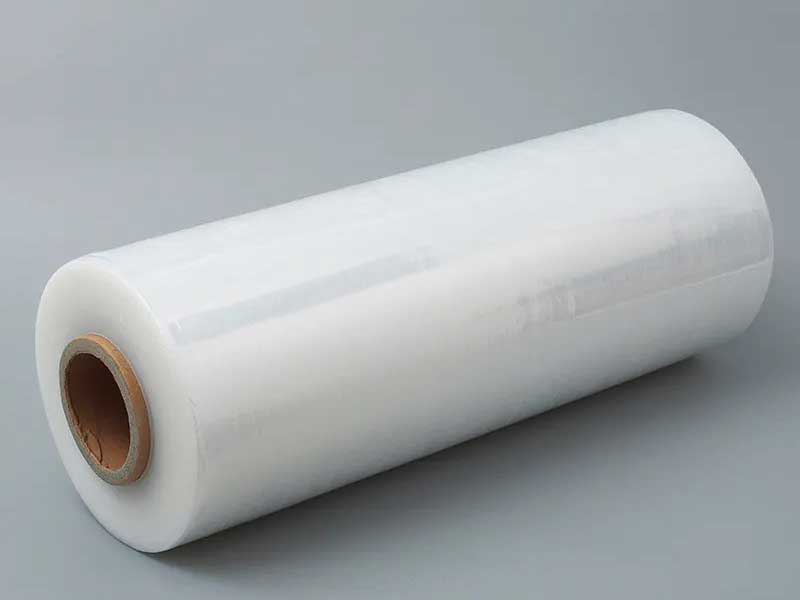
1. Technical principle: three core challenges of flexible material slitting
1. Material thickness differences
• Ultra-thin films (e.g., BOPET, thickness 3-12 μm) are prone to wrinkles and breakage, and need to be controlled by low tension;
• Metal films (e.g. aluminum foil, thickness 10-50μm) are prone to scratches and require high-rigidity blades;
• Composite film (e.g. PET/AL/PE, thickness 50-200μm) needs to be cut in layers without sticking.
2. Physical property differences
• Ultra-thin film: high elasticity, low tensile strength;
• Metallic film: high hardness, low ductility;
• Composite membranes: The multi-layer structure results in different shrinkage rates for each layer.
3. Differences in process requirements
• Ultra-thin film: slitting accuracy ± 0.1mm;
• Metal film: anti-static and anti-oxidation treatment is required;
• Composite film: multiple layers need to be cut simultaneously and the edges must be aligned.
2. Equipment structure: modular design to achieve "one machine for multiple purposes"
| Structural modules | Functional adaptation | Technical implementation |
| Tension control system | Ultra-thin film: low tension (≤1N) control, avoid wrinkles; | Servo motor + closed-loop feedback, real-time adjustment of tension fluctuation. |
| Metal film: high tensile (≥50N) stable to prevent breakage; | ||
| Slitting knife set | Ultra-thin film: round knife slitting to reduce friction; | Ceramic blade + air bearing to reduce cutting resistance. |
| Metal film: serrated blade to prevent knife sticking; | ||
| Composite film: layered blades, synchronous cutting of multiple layers; | Multi-tool axis independent drive, accuracy ± 0.05mm. | |
| Winding system | Ultra-thin film: the center surface is retracted to prevent curling; | Differential compensation technology to keep the coil flat. |
| Metal film: rewinding in the center to reduce scratches; | ||
| Composite film: layered winding to prevent interlayer adhesion; | ||
| Dust removal/anti-static | Metal film: dust removal is required before anti-oxidation coating; | Ionizing air bar + static eliminator to reduce particle pollution. |
| Ultra-thin film: prevents the adhesion of fine dust; |
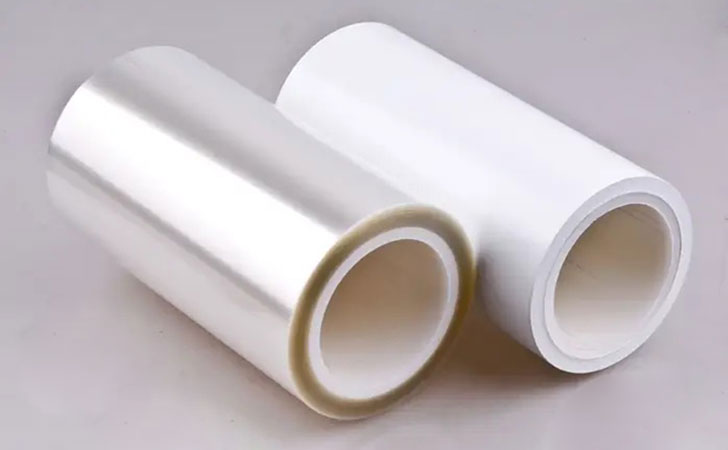
3. Application case: slitting solutions for different materials
1. Ultra-thin film (e.g. lithium battery separator)
• Challenge: 5 μm thickness, low tensile strength, easy breakage.
•Solution:
◦ Air bearing slitting knife set is used to reduce cutting resistance;
◦ The tension fluctuation is controlled within ±0.5N to avoid wrinkles;
◦ The winding speed ≤50m/min to prevent the deformation of the coil.
• Effect: 30% increase in slitting efficiency and ≤0.2% scrap rate.
2. Composite film (e.g. food packaging film)
• Challenge: PET/AL/PE three-layer structure, each layer shrinkage is different.
•Solution:
◦ Using synchronous layering blades, each layer is driven independently;
◦ Tension segmentation control to compensate for the difference in shrinkage of each layer;
◦ Layer isolation paper is used during winding to prevent adhesion.
• Effect: Edge alignment accuracy ±0.1mm, customer complaint rate reduced by 50%.
3. Metal film (e.g. capacitor aluminum foil)
• Challenge: 12μm thickness, high hardness, easy to scratch.
•Solution:
◦ The blade material is made of high-speed steel + titanium plating to improve wear resistance;
◦ The winding shaft is covered with soft rubber to reduce contact damage;
◦ Add a dust removal module before anti-oxidation coating to reduce particle pollution.
• Results: Scratch rate ≤ 0.1%, customer return rate reduced by 40%.
Fourth, the comparison of technical parameters: the slitting efficiency of different materials
| Type of material | Slitting speed(m/min) | Scrap | Blade life(km) | Energy consumption (kW/h) |
| Ultra-thin film | 30-50 | ≤0.2% | 500-800 | 10-15 |
| Composite membranes | 60-100 | ≤0.5% | 300-500 | 15-20 |
| Metal film | 20-40 | ≤0.1% | 100-200 | 20-25 |
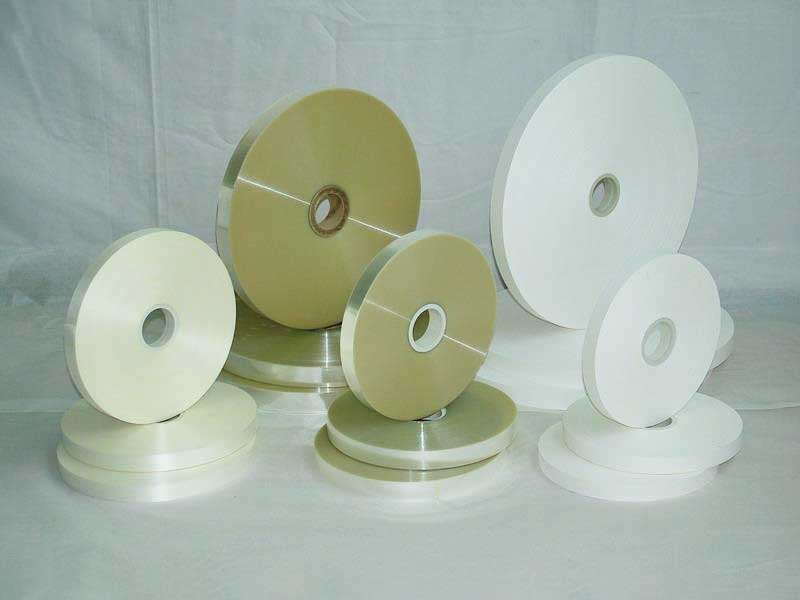
5. Summary
The wide applicability of the film slitting machine is due to its modular design and precise control technology:
• Tension control: adapt to the tensile strength of different materials;
• Slitting knife set: to meet the cutting needs of different materials;
• Winding system: prevent coil deformation and interlayer adhesion;
• Dust removal/anti-static: reduce the risk of particle contamination and oxidation.
Recommended Solution:
• If you need high-precision slitting of ultra-thin film, air bearing slitting machine is recommended;
• If you need to cut metal film with high rigidity, titanium-plated high-speed steel blades are recommended;
• If you need to cut the composite film in layers, it is recommended to synchronize the layering knife set.
Through the precise matching of technical parameters, the film slitting machine can realize the efficient slitting of ultra-thin film, composite film and metal film to meet the production needs of different industries.
Recent Post
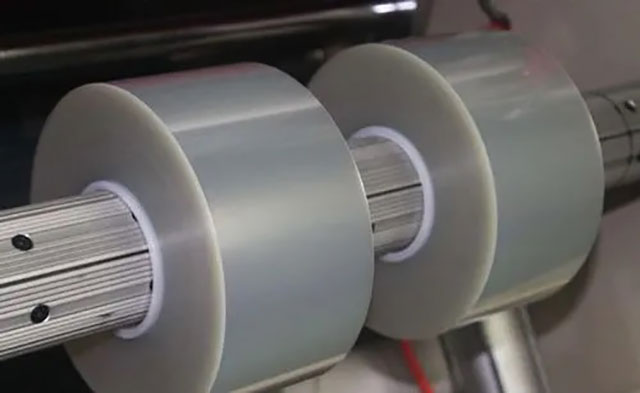 How can film slitting machine improve production efficiency? One-button operation + high-speed slitting17. April, 2025
How can film slitting machine improve production efficiency? One-button operation + high-speed slitting17. April, 2025 From PE to PET: How does the film slitting machine adapt to different materials?15. April, 2025
From PE to PET: How does the film slitting machine adapt to different materials?15. April, 2025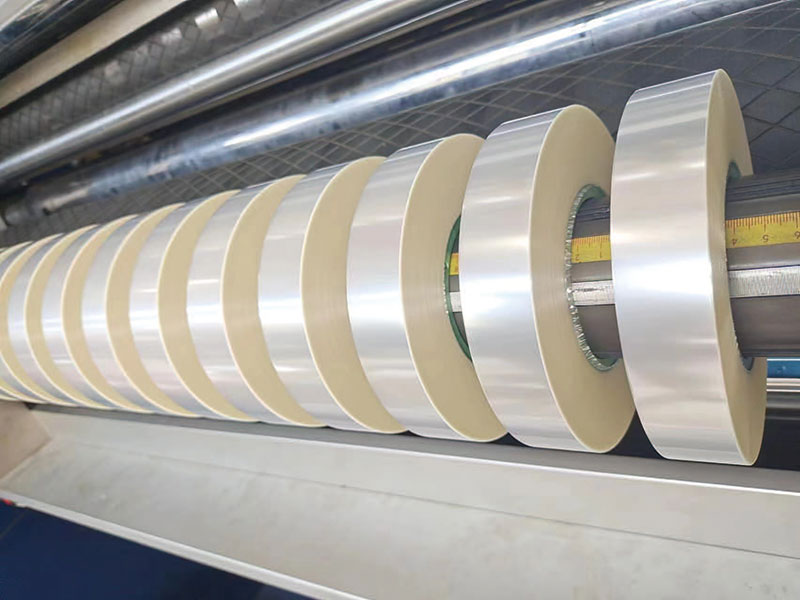 Tension control + automatic deviation correction: the secret of the stable operation of the film slitting machine14. April, 2025
Tension control + automatic deviation correction: the secret of the stable operation of the film slitting machine14. April, 2025 Damage-free slitting! How does a film slitting machine ensure that the edge of the material is smooth and burr-free?12. April, 2025
Damage-free slitting! How does a film slitting machine ensure that the edge of the material is smooth and burr-free?12. April, 2025
 Fully Automatic TTR Slitter RSDS8 Plus
Fully Automatic TTR Slitter RSDS8 Plus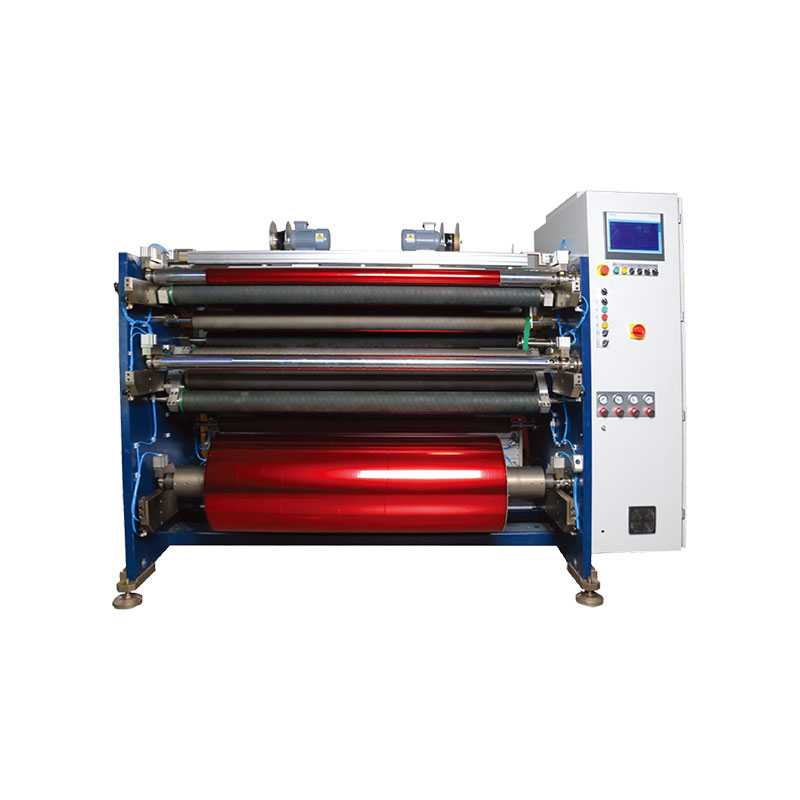 Hot Stamping Foil Slitter 1600mm
Hot Stamping Foil Slitter 1600mm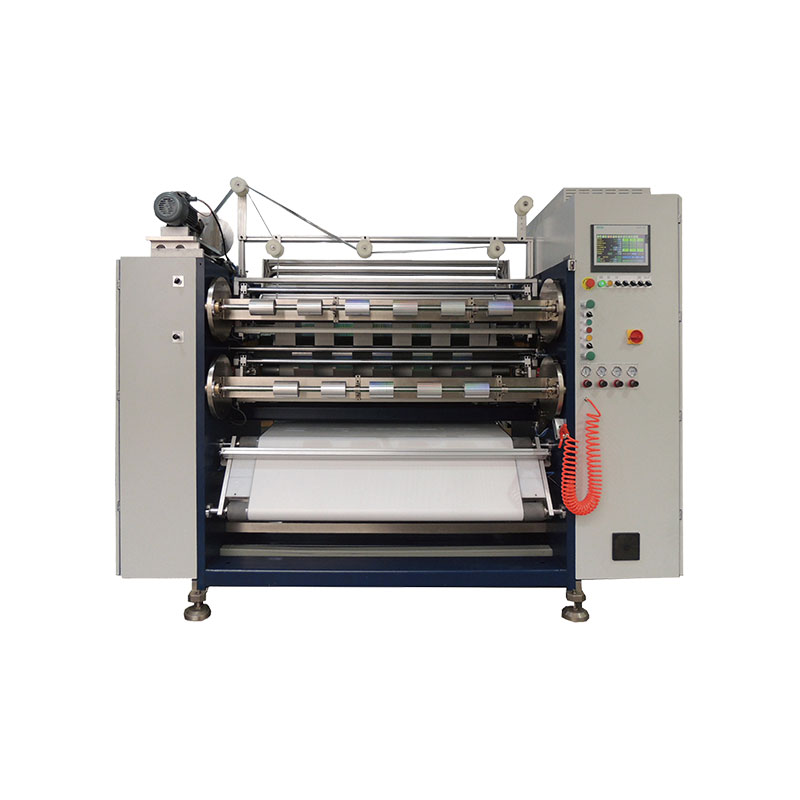 Hot Stamping Foil Slitter (4 Shafts)
Hot Stamping Foil Slitter (4 Shafts)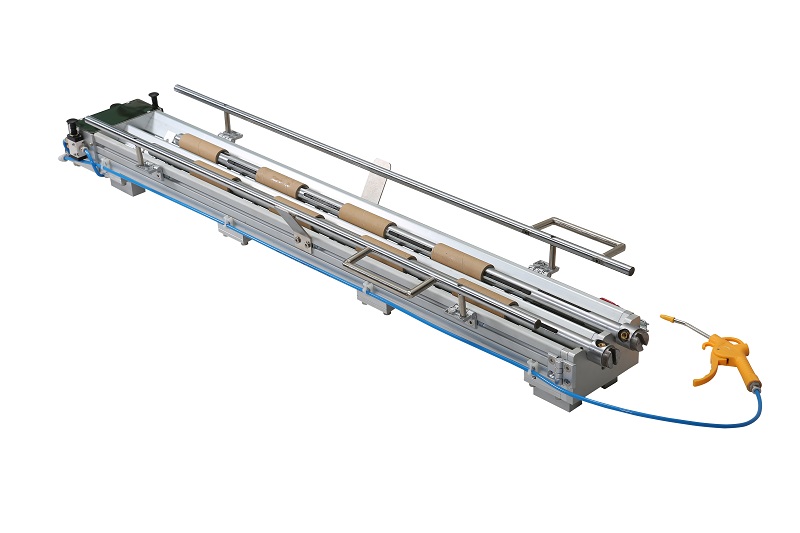 Paper Core Loading Machine
Paper Core Loading Machine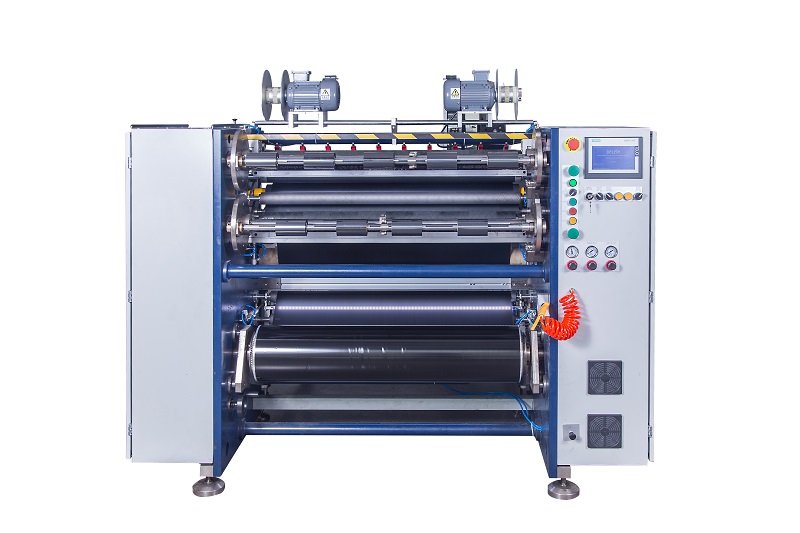 Semi-Auto TTR Slitter RSDS2 Plus
Semi-Auto TTR Slitter RSDS2 Plus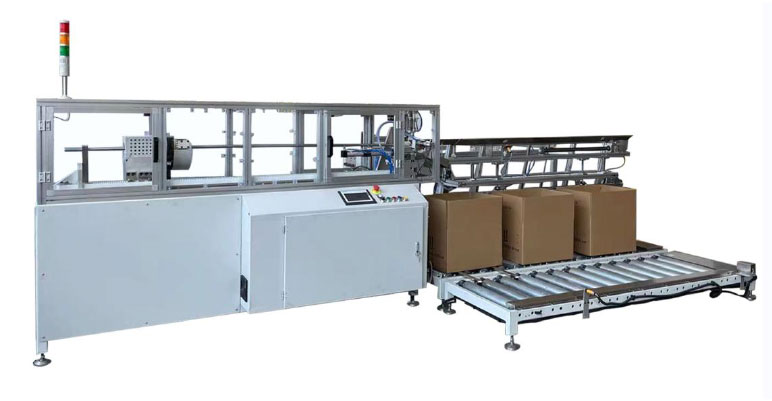 Auto Paper Core Cutter
Auto Paper Core Cutter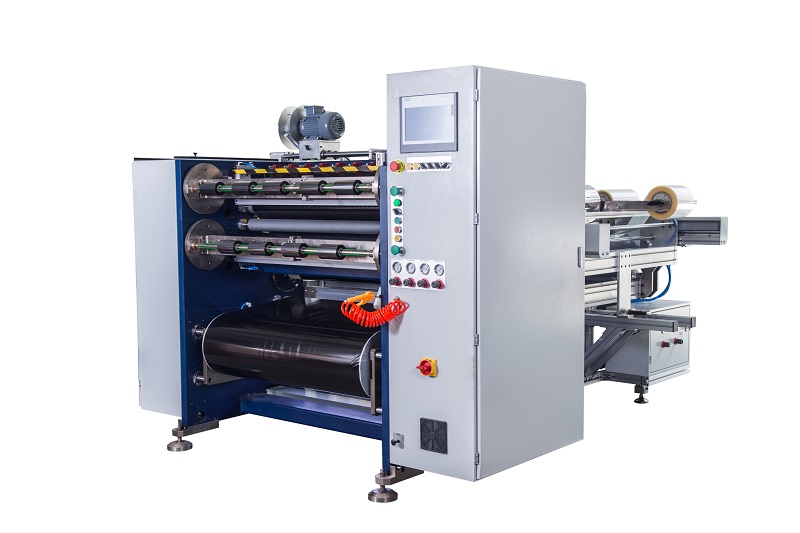 Semi Automatic TTR Slitter RSDS5 Plus
Semi Automatic TTR Slitter RSDS5 Plus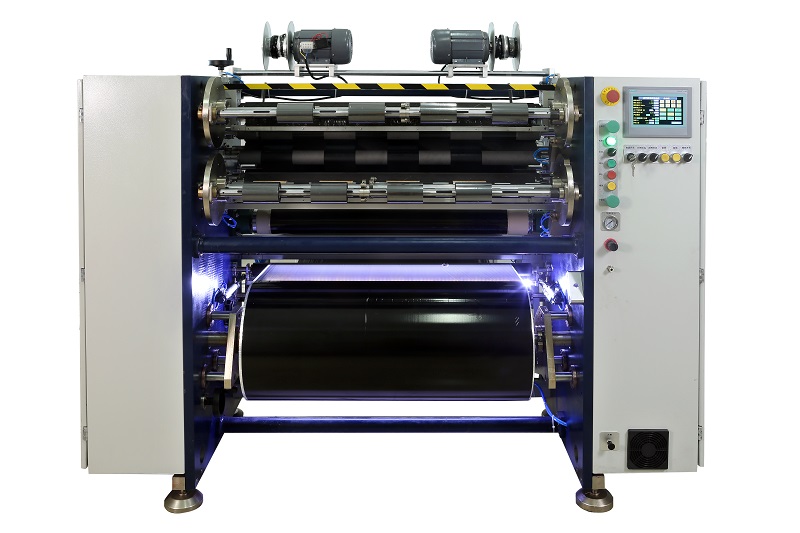 Manual TTR Slitter RSDS2
Manual TTR Slitter RSDS2





